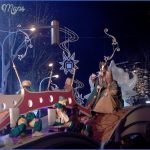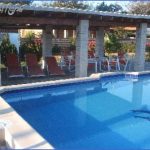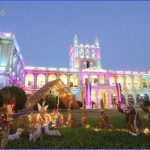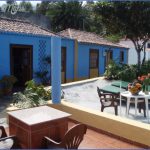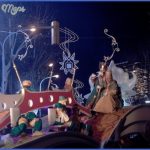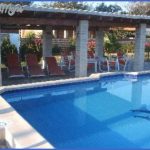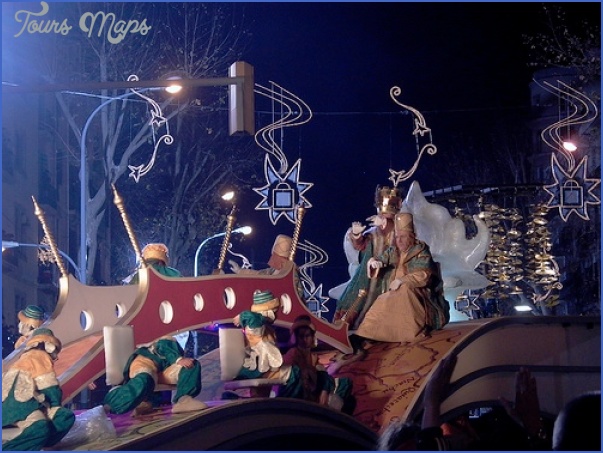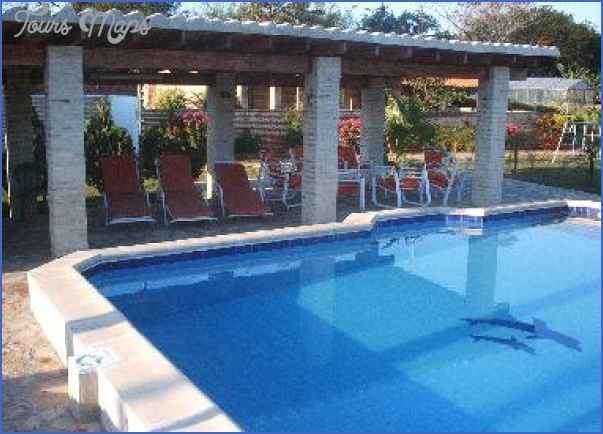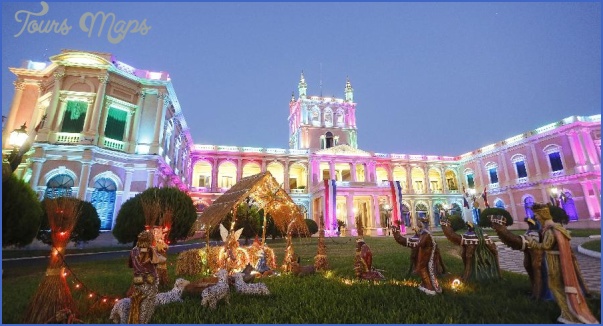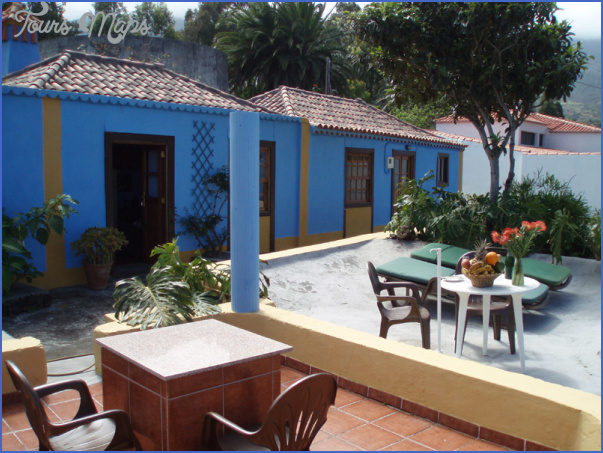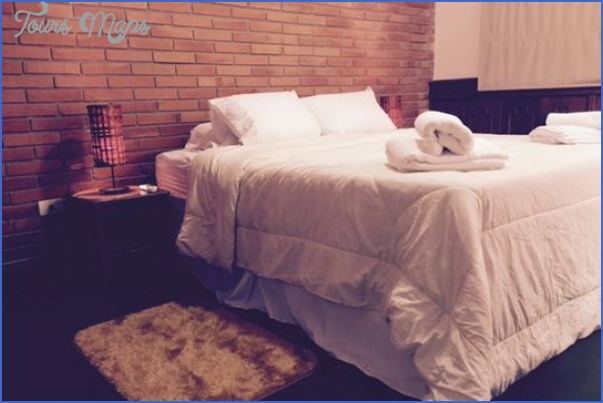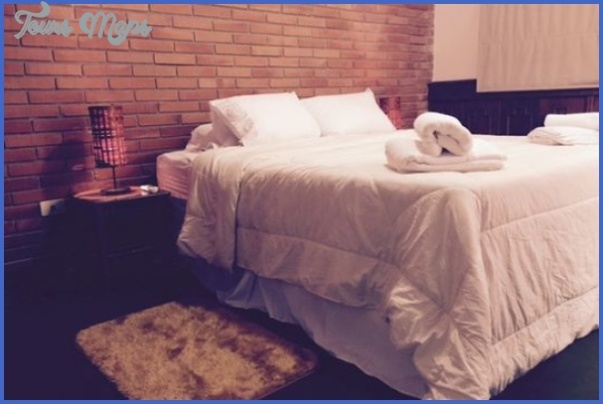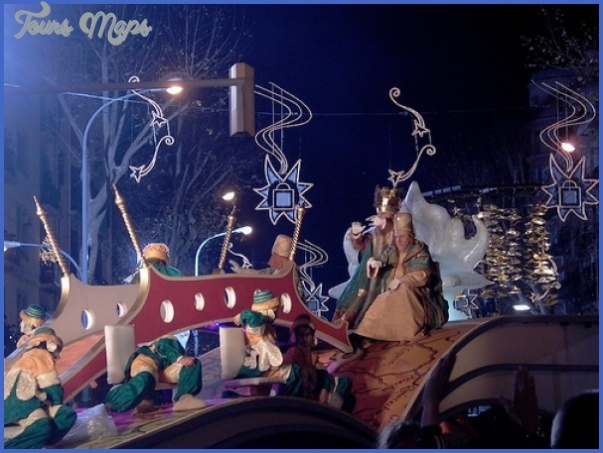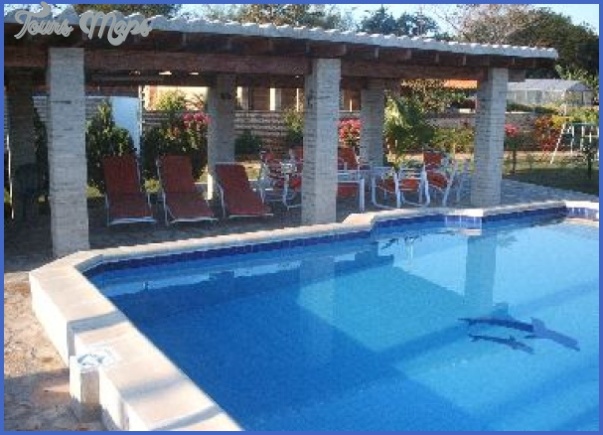Getting There
The turn off for Jesus is at km 30 of Route 6 just one hundred meters past Trinidad. Coming from Encarnacion it is on the left and well signed. Taxis for Jesus can be picked up at the Petrosur gas station on Route 6 at the turn off for approximately Gs.50,000 round trip. Jesus is ten kilometers down this road which, as of 2011 was being paved. The road’s landscape and town’s colorfully painted clapboard houses make for a picturesque trip. The ruins are just past the main plaza and church.
Those traveling by bus are better off visiting Jesus first and then backtracking to the ruins of Trinidad. Ending the day at Trinidad will provide more bus options for returning to Encarnacion or heading further north on Route 6. There are a few buses that run from Encarnacion’s bus terminal (specify that you want to go to Jesus and not Trinidad) and stop by the Petrosur gas station at the turn off to Jesus throughout the day. The 3pm bus, however, is probably the latest bus one can catch in order to have enough time to return by bus as well (the last bus leaves town at 6pm). Gs. 4,000-
10,000.
Guarani Baroque Music
Music was a particular focus of mission life. Jesuit priests with musical backgrounds were recruited from Europe to teach mission residents to both construct and play musical instruments. Each mission had between thirty and forty indigenous musicians who accompanied all the masses. According to historical documents the Guarani indians were particularly gifted musicians. The Jesuit bands included oboe, lute, harp (from which the modern day Paraguayan harp descended), clarinet, violin, and viola, among other classical instruments. Though the mission choirs and orchestras have long since fallen silent their music has recently been revived. In 1972 over 5,000 musical manuscripts were discovered in a Jesuit mission of Bolivia. These have been studied assiduously by Luis Szaran, the director of Asuncion’s symphony orchestra. The music of the Jesuit missions has been a particular passion of his and for over twenty years Szaran has dedicated himself to researching and publishing music played in the Jesuit missions. He even directed a concert of said music in the ruins of Trinidad for the King and Queen of Spain. A four CD collection of Jesuit-era Guarani-Baroque music is avaliable through his website www.luisszaran.org as are various books which include sheet music.
Bella Vista
Continuing up Route 6 past the Jesuit missions is the town of Bella Vista. Due to the area’s five large yerba mate plantations Bella Vista was officially declared the Capital de la Yerba Mate in 1992. Every year the Dia Nacional de la Yerba Mate is celebrated on October 11th. Indeed, yerba mate production is the town’s main economic engine. Like Hohenau and Obligado, the other towns that make up the Colonias Unidas, Bella Vista is largely populated by Paraguayans of German descent. Most are dedicated to large scale agriculture, not only of yerba but also soy, tung and sunflowers (processed into oil), and, most recently, macadamia nuts. The prosperity that has resulted from the combination of fertile soil and farmers with the means and education to work it efficiently is palpable. All three towns have a the feel of a first world suburb (with a Paraguayan twist, of course) that is distinctly different from other, less affluent areas of rural Paraguay.
Mate Roga
The tourism information center, whose name means mate house is hard to miss since it is just past the enormous mate gourd sculpture, complete with bombilla, on Route 6. In addition to providing information on the yerba mate production process the center can help arrange for tours of the yerba
mate factory, excursions on the Parana River from the port of Bella Vista, and even a trip to a macadamia nut farm. Tel: 0767 240 724, Rt 6 km 46 at the Bella Vista roundabout, www.materoga.coloniasunidas.com.py, Mon-Fri 7am-12pm, 1:30-5pm, Sat 8am-11:30pm, 2pm-7pm, Sun 8am-11:30am, 2pm-5pm Yerba Selecta Factory
Selecta is one of Paraguay’s most popular brands of yerba mate. Wearing a typical dress while extending a terere guampa, the Yerba Selecta lady stares out invitingly at Paraguayans from yerba packages on the shelves of every grocery store and almacen. Visitors to the Selecta factory can witness the entire process that turns the yerba mate bush into the loose yerba that Paraguayans consume so voraciously as hot mate and cocido and ice cold terere. Tel: 0767 240 339, Avenida General Marial Samaniego km 4.5, from the Bella Vista roundabout take a left (if coming from Encarnacion) and the factory grounds will be on the right-hand side about 4.5 kilometers down the road, www.selecta.com.py, Mon-Sat 7am-11am, advanced reservations suggested, entry fee $5USD for foreigners, free for Paraguayans, tours on Saturdays only with prior notice
Reserva San Rafael
Paraguay’s 73,000-plus hectare Parque Nacional San Rafael was created in the 1990’s in an attempt to protect the region’s rapidly disappearing Atlantic Forest ecosystem. The Atlantic Forest is widely regarded as one of Paraguay’s most biologically diverse ecosystem and in 1997 San Rafael was declared an Important Birding Area. Visitors to either of the two lodging options within the park may be surprised at the quantity of agriculture taking place around both areas. Protection of the park’s flora and fauna is hampered by the fact that much of the park is still in private hands; many large landowners as well as Mbya Guarani indigenous communities reside within its borders. Vast tracts of the park are continually razed for cattle grazing and soy farming and clandestine logging operations are so common that park rangers must take extreme caution while on patrol.
Holiday in Asuncion Photo Gallery
Maybe You Like Them Too
- The Best Cities To Visit in The World
- World’s 10 Best Places To Visit
- Coolest Countries in the World to Visit
- Travel to Santorini, Greece
- Map of Barbados – Holiday in Barbados

